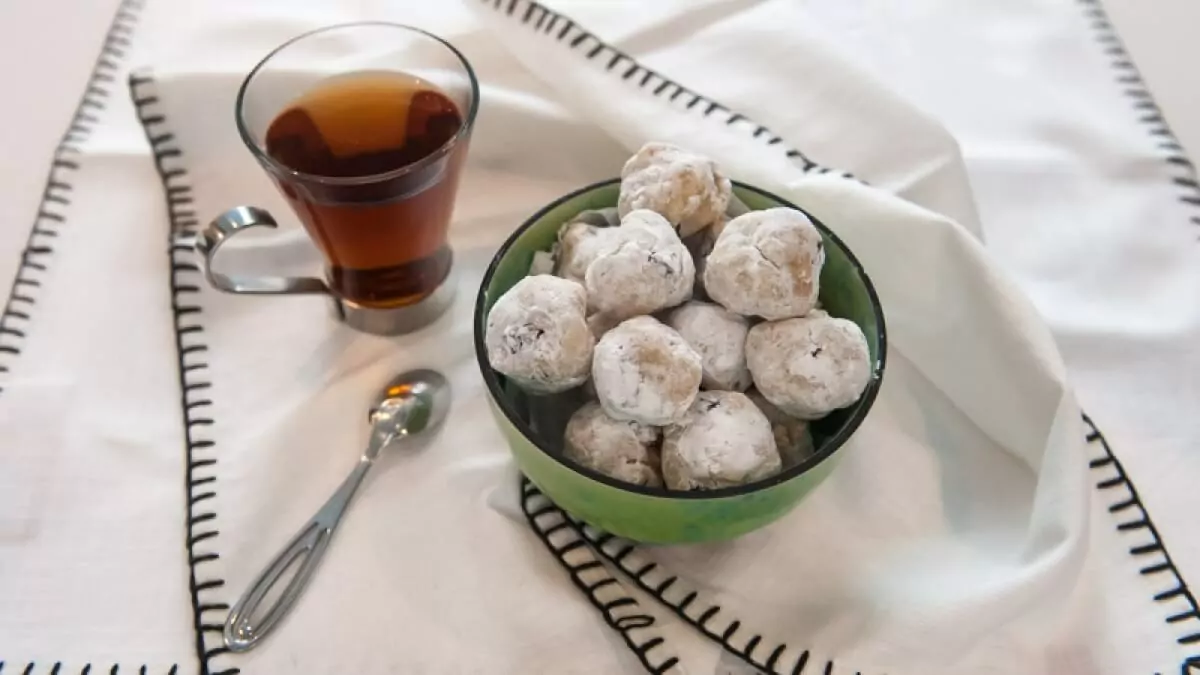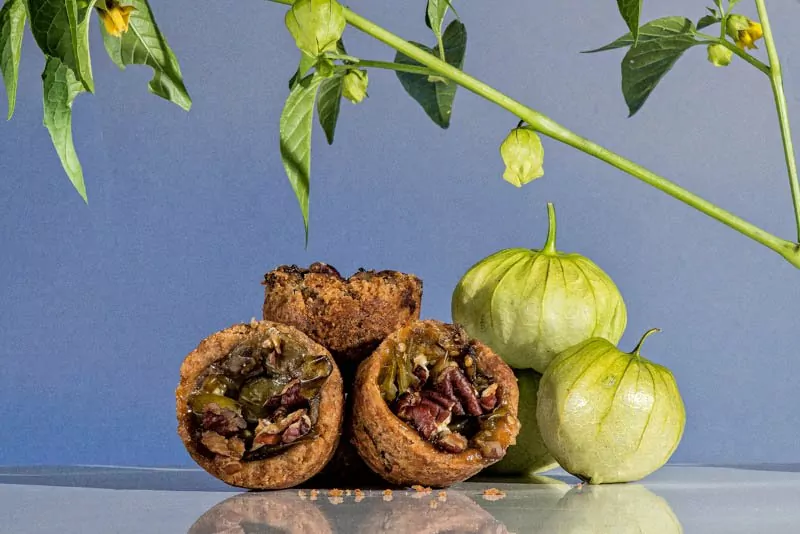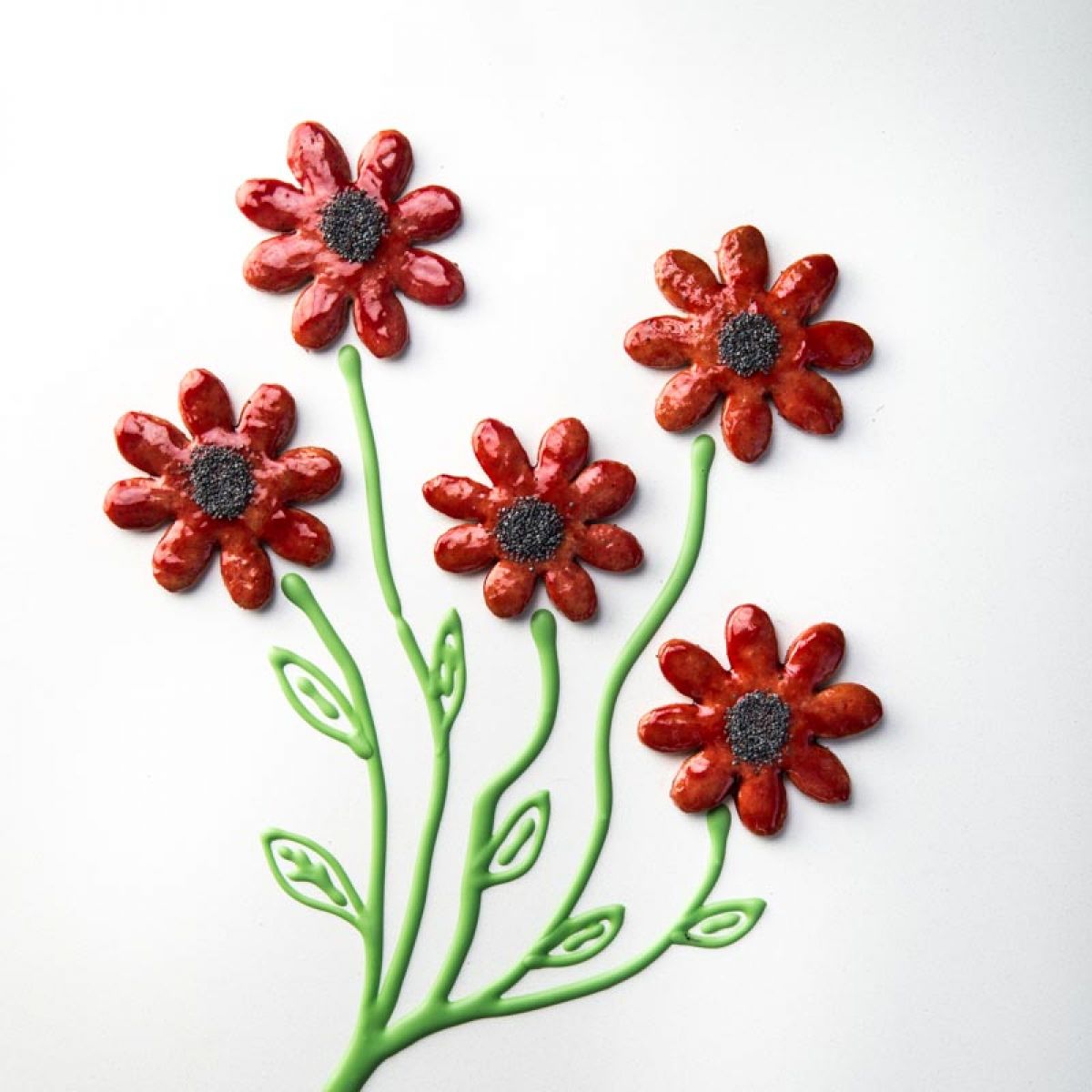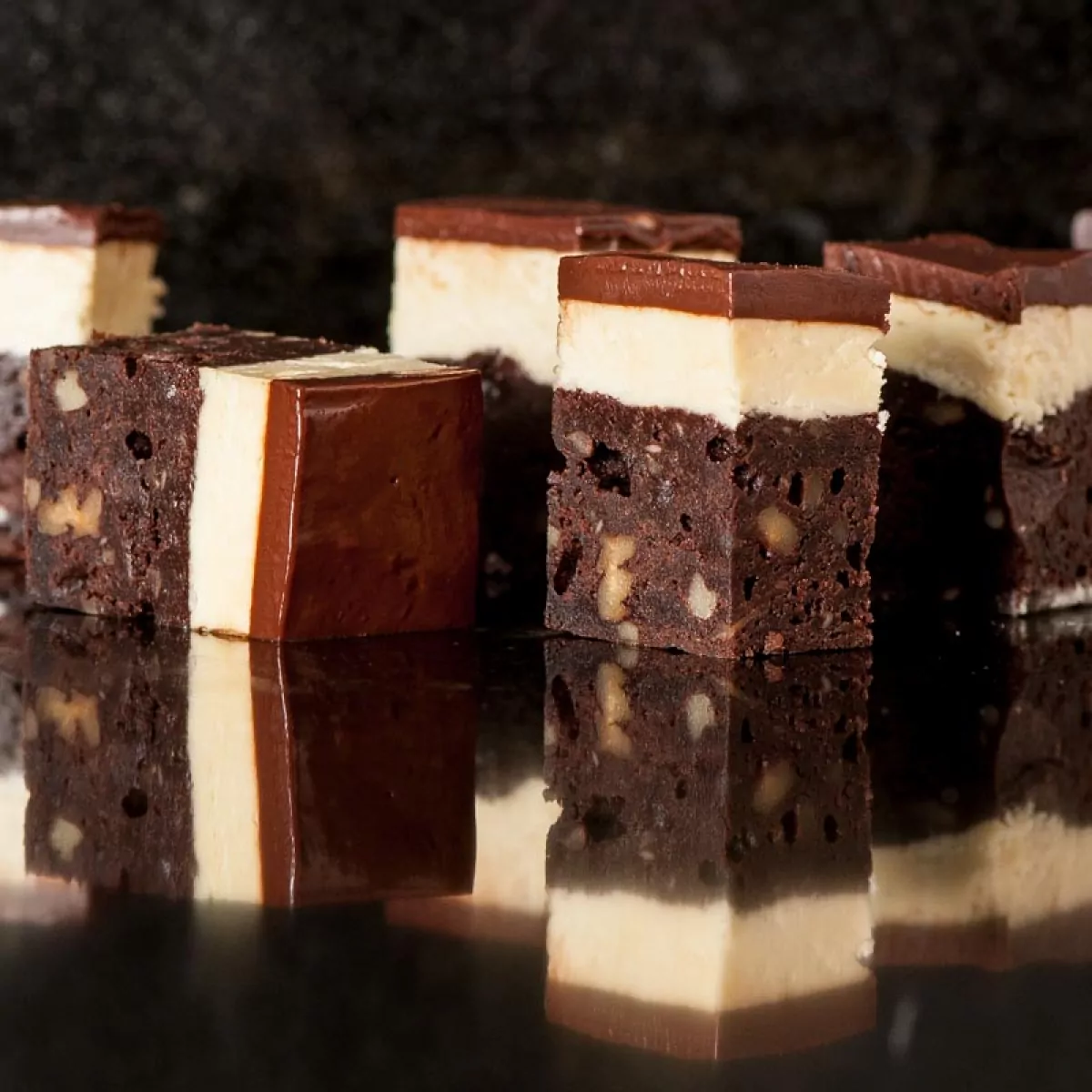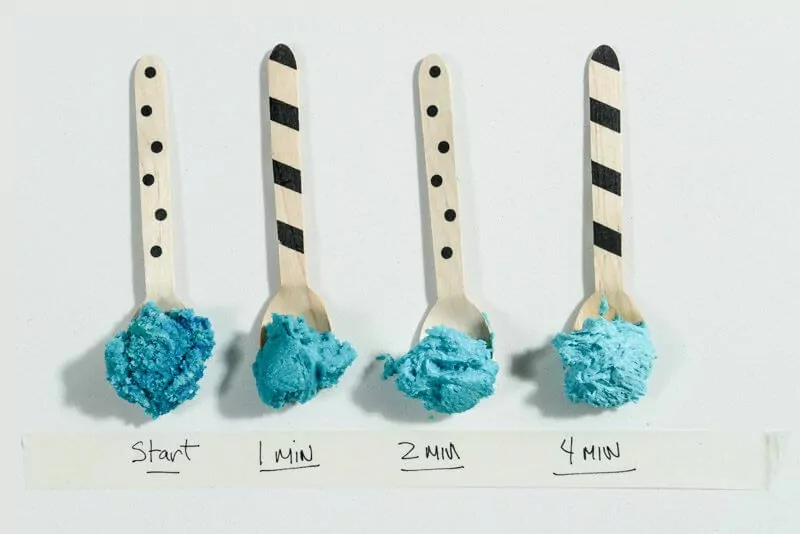
How to Cream Butter and Sugar
June 6, 2018
Ingredients

Instructions
THE “WISE” OF CREAMING
Creaming butter and sugar structures, textures and leavens baked cookies. The sharp edges of the sugar crystals cut into the butter fat to produce air pockets. The air pockets increase volume and lighten the colour (due to the added air) of your cookie dough. If you skip this step, you’ll have limp, and gooey cookies.
Disclaimer: Thanks to Breville Canada for providing the stand mixer you see in this post! All wording and opinions are entirely my own.
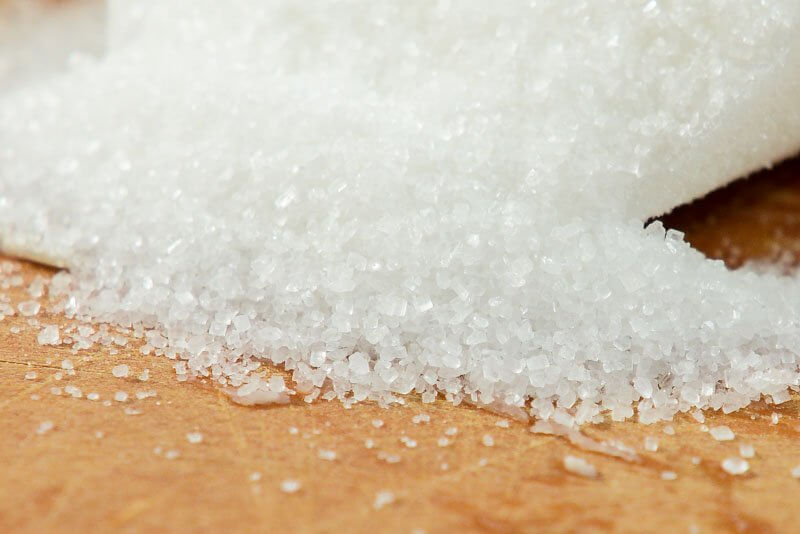
WILLY-NILLY OR SKILLFUL CREAMING: KNOW THE SECRET
Bakers take for granted the task of creaming butter and sugar. We hurry when there’s little time. Beat hard butter and sugar at high speeds to soften it faster. Distracted, we leave the mixer running to answer the phone. Or forget the butter “coming to room temperature” next to the hot oven. We push forward and the cookie bakes up more-or-less, and then we say: “I’m not a good baker.”
Success requires a minimal amount of know-how. The secret is in the temperature of the butter. Generally, we think butter will perform in any condition (except melted). It doesn’t. Butterfat begins to separate from the milk solids at 68ºF/20ºC. Once that process starts, butter’s capacity to hold air reduces. Thereafter, creaming is an exercise in futility.
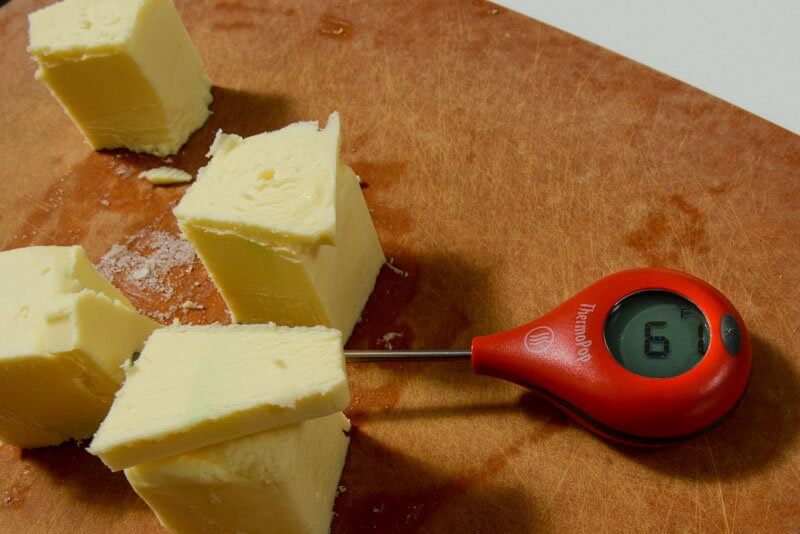
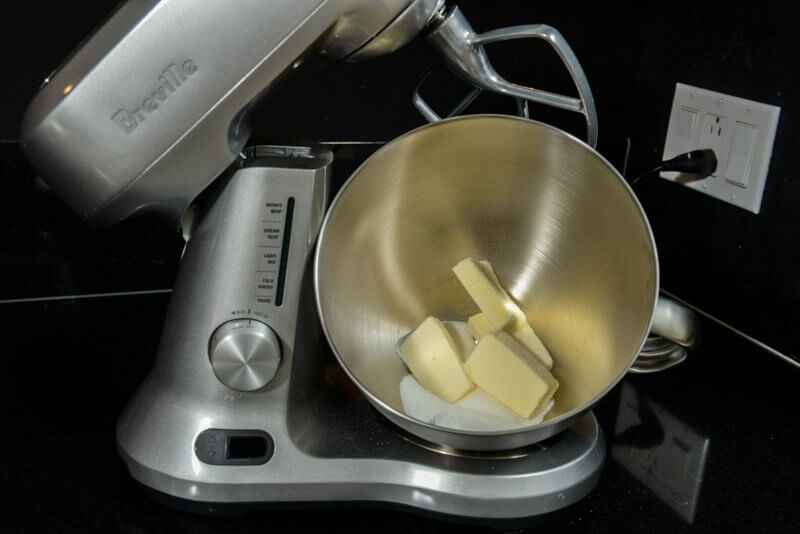
KEEP YOUR BUTTER HAPPY: KNOW WHAT YOUR BUTTER WANTS
What does room temperature mean to a pound of butter? Butter is happiest and the best for baking at 60ºF to 65ºF/15.5ºC to18º C (unless otherwise specified). At this temperature, the emulsion is intact and the butter retains the air pockets you created by creaming.
When the room is 68ºF/20ºC or hotter, the butter begins to break down. If the emulsion of fat to water and solids separates, even a little, then the structure of the fat cannot retain air proportionate to its separation.
Keep in mind that even if you start creaming butter and sugar at its ideal 60ºF to 65ºF/15.5ºC to18º C, this temperature will fluctuate quickly the minute you add “room temperature” sugar. More importantly, a moving beater blade generates heat. The longer/faster the mixer operates, the warmer your butter becomes.
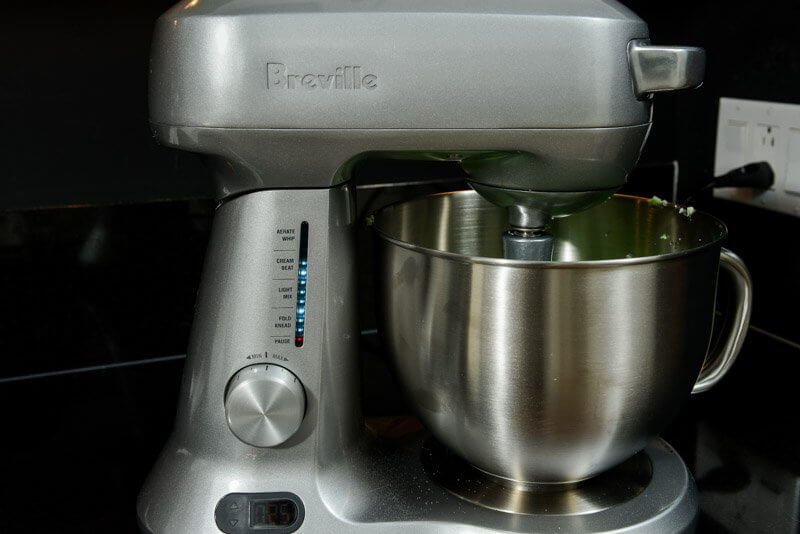
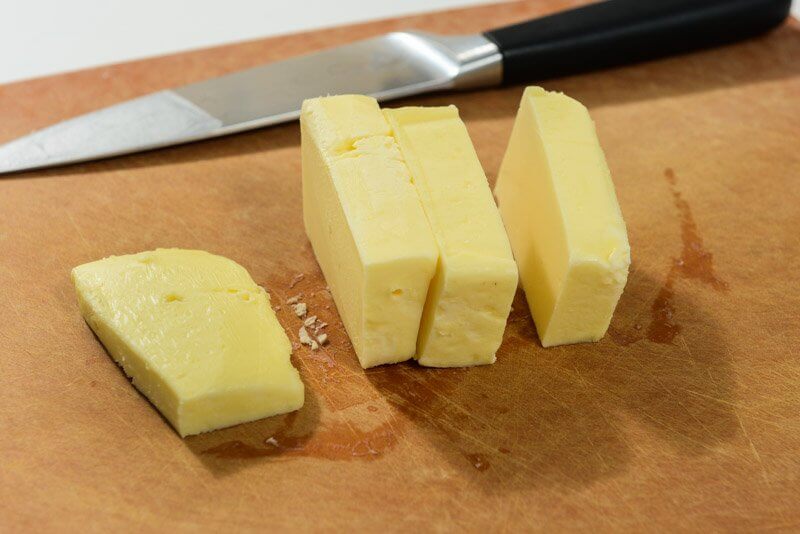
THE MICROWAVE ≠ ROOM TEMPERATURE
Sorry, the microwave isn’t a shortcut for warming cold butter to “room temperature.” The butter might look solid on the outside, but can easily exceed 60ºF to 65ºF/15.5ºC to18ºC on the inside. Butter will react precisely like Lava Chocolate Cake when warmed in the microwave.
To accelerate the process, cut the cold butter into small chunks to create lots of surface area. This will encourage the butter to warm to the correct temperature.
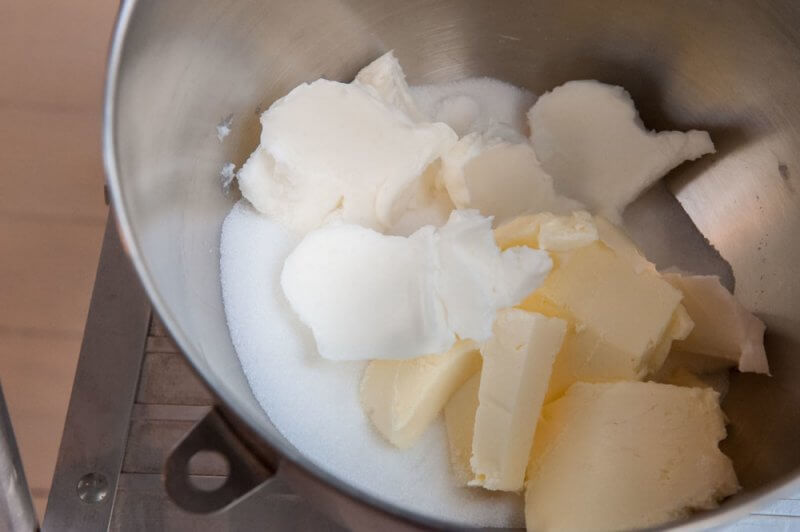
STABLE AND FLAVOURLESS: SHORTENING IS SOLID
Yes, cream shortening if you choose to use it. Shortening is a better leavener because it already has 12% inert gases whipped into it during processing. Shortening has a higher melting point so it’s less sensitive to ambient temperatures. It will forgive your extra warm kitchen. Being 100% fat, there is no emulsion to break down, thus it will retain air pockets longer. Butter on the other hand is approximately 80% fat, 18% water and 2% solids depending on the quality of butter you buy.
TO CREAM IS TO STRUCTURE: TO LEAVEN IS TO RISE
Baking soda and baking powder themselves don’t make cookie dough puff in the oven. They enlarge the existing air pocket that you’ve developed in the creaming process. Oh!
WHICH SUGAR TO CREAM?
Creaming butter and sugar is a mechanical leavening process. Your mixer’s beater blade will dig the sharp edges of white sugar crystals into butter to create air pockets. Heat and sodium bicarbonate (baking soda or baking powder) then enhance the size of the air pockets. You can feel the sharp edges of granulated sugar between your fingers. Notice how the dry sugar flows like sand.
Brown sugar; on the other hand, doesn’t flow through your fingers. Instead, it compacts and clumps when you handle it. This is because the molasses contained in brown sugar provides moisture and this moisture softens the edges of the sugar crystals. The moisture and softer crystals reduce the ability of the sugar to create air pockets. Cookies made with brown sugar will rise less and spread more, but will be chewier.
EXCELLENT REFERENCES
Julia Moskin, Butter Holds the Secret to Cookies That Sing.
Stella Parks, Cookie Science: The Real Difference between Brown and White Sugars.
Stella Parks, Cookie Science: Why Cream Butter and Sugar?
Shirley Corriher, BakeWise is an incredibly useful book.
- Labels
- Baking Tips,
- Butter
